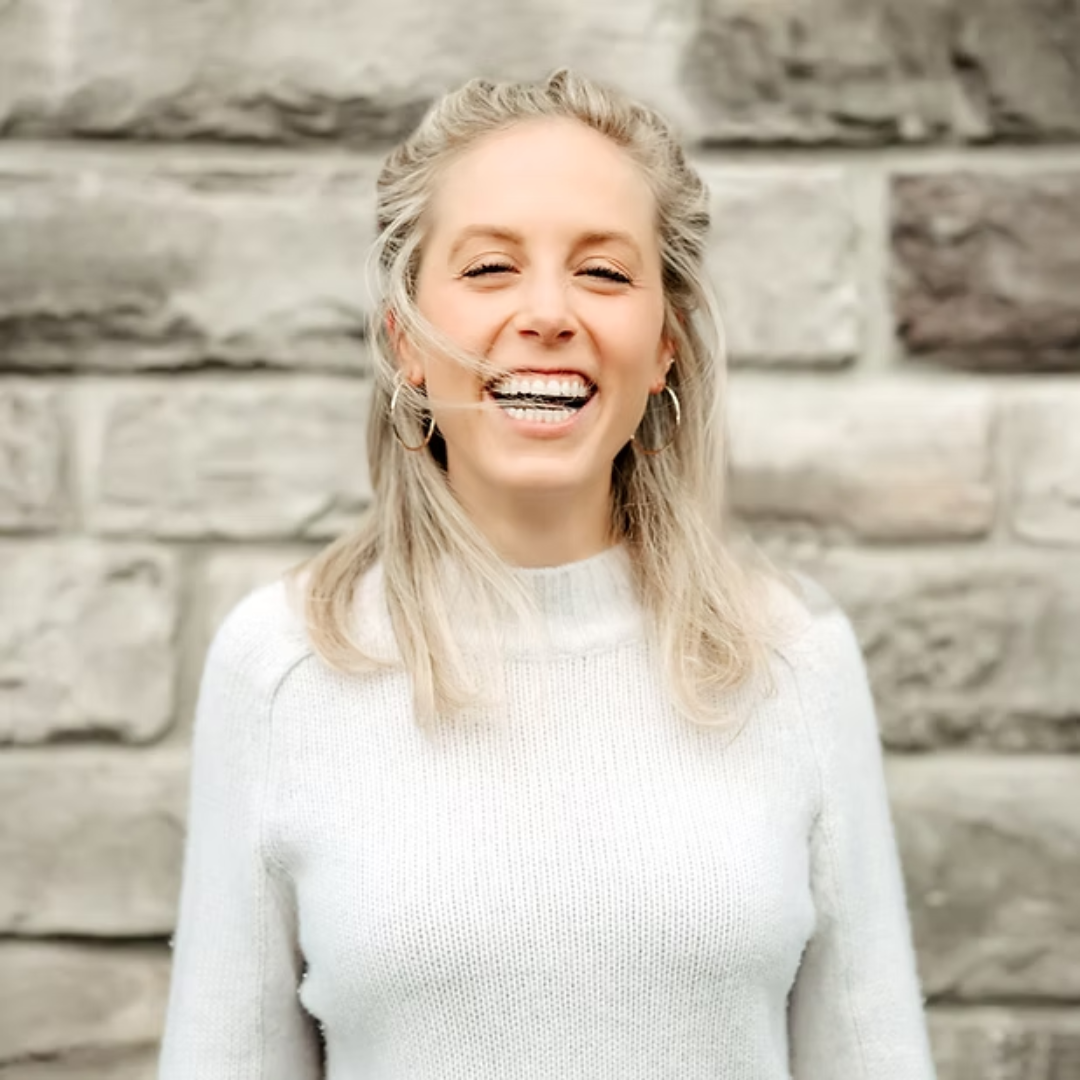How to Start Your Spiritual Healing Journey: A Beginner’s Guide

Beginning a spiritual healing journey is a deeply personal—and often transformative—step toward living with more clarity, alignment, and peace. Whether you're navigating life transitions, healing old wounds, or simply feeling called to explore a deeper connection with yourself and the world around you, spiritual healing offers a way forward that honors all parts of who you are.
If you're new to this path, know that there is no single roadmap. But there are simple, grounded ways to begin.
What Is Spiritual Healing?
Spiritual healing isn’t about religion or dogma—it’s about reconnecting with your inner self, your intuition, and a sense of meaning or wholeness that may have felt distant. It's a process of clearing energetic blocks, healing emotional pain, and realigning with your highest truth.
Some people experience spiritual healing through energy work. Others through deep meditation, body-based practices, or connecting with nature. There’s no right way to begin—just a willingness to listen inward and follow where you feel drawn.
Signs You’re Ready to Begin
- A sense of emotional or energetic heaviness you can’t explain
- Feeling stuck, lost, or disconnected from purpose
- Longing for deeper meaning or self-understanding
- Noticing repeated patterns you’re ready to shift
- Feeling called to explore energy work, mindfulness, or intuitive practices
Step 1: Start With Curiosity
Spiritual healing isn’t something to force—it unfolds naturally when you become curious about yourself and your inner world. That curiosity might lead you to journal, attend a local healing circle, or research holistic modalities online. Follow what resonates.
You don’t need all the answers. You just need a starting point.
Step 2: Begin a Grounding Practice
The first step in any healing journey is creating space to feel safe and centered in your body.
A simple daily practice might include:
- Gentle breathwork or mindful breathing
- Walking in nature without distraction
- Journaling your emotions or intuitive thoughts
- Meditating for a few minutes each morning or night
Consistency matters more than length. These practices help you become more attuned to your inner voice—the compass of your spiritual growth.
Step 3: Explore Healing Modalities
There are many paths to spiritual healing. Some focus on energy, others on emotional release or mindset transformation.
A few beginner-friendly modalities include:
- Reiki – gentle energy healing that promotes relaxation and balance
- Breathwork – conscious breathing to clear emotional blocks
- Spiritual Coaching – guided sessions to help clarify purpose and direction
- Sound Healing – vibrational therapy using instruments like singing bowls or tuning forks
- Mindfulness - a practice that involves focusing on the present moment with awareness and acceptance.
Check out our Holistic Modalities Library to search by modality and find practitioners offering virtual or in-person sessions to support your goals.
Step 4: Reflect and Integrate
Spiritual healing isn’t always dramatic. Sometimes it's subtle—an unexpected sense of peace, clarity, or inner strength. Create time to reflect on your experiences. Ask:
- What am I feeling right now?
- What insight came through for me?
- How do I want to move forward?
Integration is what makes healing sustainable. Without it, growth can feel fleeting.
Step 5: Trust the Process
Healing isn’t linear. There may be moments of discomfort, release, or unexpected emotion. These are signs that something is moving. Trust that your system knows what it’s doing, and give yourself compassion along the way.
Final Thoughts
Your spiritual healing journey begins the moment you say yes to exploring yourself more deeply. It doesn’t require perfection—just presence. In time, you’ll develop a deeper sense of trust in your path, your body, and the wisdom within.
If you're ready to take that first step, explore the Heallist Network to find holistic practitioners offering intuitive, spiritual, and energy-based services that meet you where you are to help you feel safe, seen, and empowered.
FAQs
1. Do I need to be spiritual to benefit from spiritual healing?
No. Spiritual healing is less about beliefs and more about reconnecting with yourself. Many people begin with no particular belief system—just an open heart.
2. How do I know which modality is right for me?
Start with what you’re drawn to. Read practitioner profiles, notice what resonates, and trust that your curiosity will guide you to the right fit.
3. Can I combine spiritual healing with therapy or medical care?
Yes. Spiritual healing is often used alongside traditional therapy or medical treatments. It complements, rather than replaces, other support systems.
4. What should I expect after a session?
You may feel lighter, more emotional, sleepy, or deeply at peace. Give yourself time to rest and reflect. Drink water and avoid overstimulation when possible.

